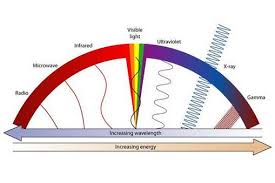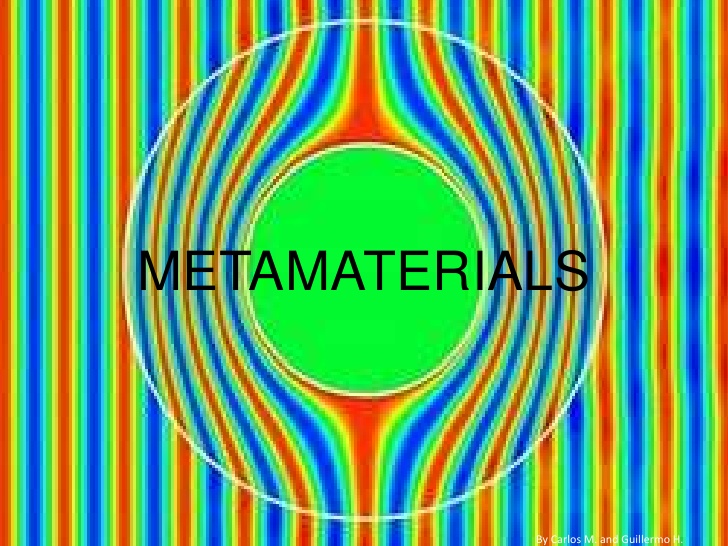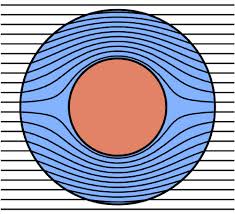Overview
Visible light is a small part of the electromagnetic spectrum, which extends from radio waves to gamma rays. All frequencies of the electromagnetic spectrum obey similar laws, so that they can travel through some substances, bend around others, and stop by others that block their travel. The properties of the electromagnetic system, as well as the qualities of materials, lead to new understanding of what makes objects visible and what tricks can make them appear invisible.
The Electromagnetic Spectrum
The electromagnetic spectrum is the range of waves of electromagnetic radiation, including low-frequency waves, sound waves, infrared waves (including microwaves), visible light, ultraviolet light, X-rays, and gamma rays. The lowest-frequency waves in the electromagnetic spectrum are approximately 10,000 km long, and operate below sound waves. Sound waves range from 100 km long to the highest frequencies of 1 mm. Infrared light is next, with frequencies of 100 μm (micrometer) to 1 μm. A physicist named James Clerk Maxwell described the relationship between electric fields and magnetic fields in the 19th century. He used differential equations to calculate their precise nature.
Visible Light
The wavelengths of visible light are a very small portion of the electromagnetic spectrum, compared to the length of frequencies that are not visible. The wavelengths of visible light are between 380 nm and 760 nm. The colors of visible light correspond to particular wavelengths, from red, orange, yellow, green, blue, indigo, and violet. Above visible light, shorter frequencies include ultraviolet light, x-rays, and gamma rays, which carry even higher energies. Although the waves of the electromagnetic spectrum vary in length from 10,000 km to 1 pm (picometer), they obey similar rules.
Materials and Metamaterials
Most solid objects are opaque. Tightly-packed atoms are arranged in crystals, too dense to allow light to pass through. Most liquids and gases are transparent. They allow waves of visible light to move through them freely, because the atoms in the material are further apart. Forms of glass retain some of the properties of a solid and some of the properties of a transparent liquid, so that light waves can also move through them without as much resistance. However, some light may be refracted or bent, so that it travels at an angle. In contrast, metamaterials are in development that have properties that are not usually found in nature. They are made by embedding electrical implants in other plastics and fibers so that electromagnetic waves can be continuously scattered, reflected, or bent.
Invisibility Cloaking
A stealth fighter plane is invisible to radar because the materials it is made from have been engineered to block those frequencies. It is camouflaged, so that its image is still there, but dispersed in such a way that most of the radar waves don’t make it back to be read by the enemy. Metamaterials go beyond camouflage, essentially bending the waves so that they are channeled in a completely different direction. Metamaterials have been developed that have metal implants that are smaller than microwaves about 5 cm long. However, waves of visible light are so much smaller and carry so much energy that metamaterials have to use nanotechnology to channel them. Materials that have complete invisibility to all wavelengths of the electromagnetic spectrum are further in the future.
Interested in science tutoring services? Learn more about how we are assisting thousands of students each academic year.
SchoolTutoring Academy is the premier educational services company for K-12 and college students. We offer tutoring programs for students in K-12, AP classes, and college. To learn more about how we help parents and students in Sulphur, LA: visit Tutoring in Sulphur, LA




